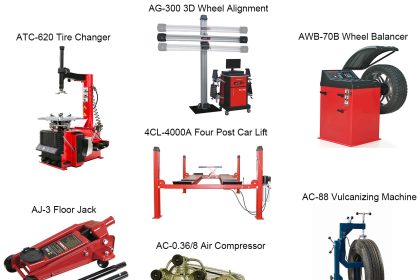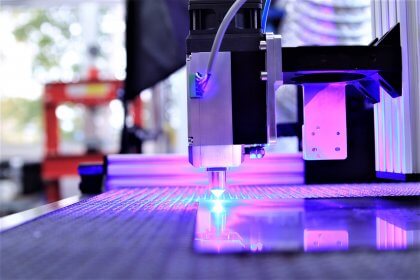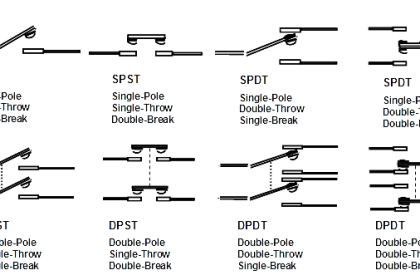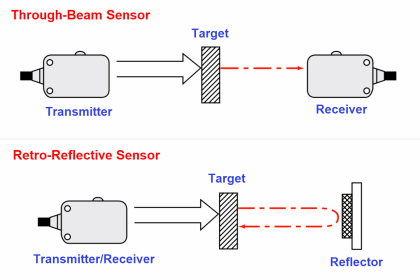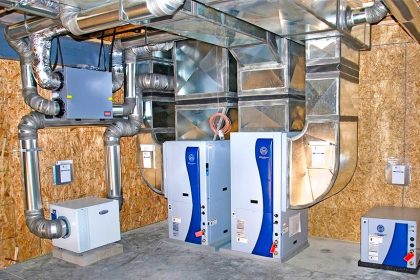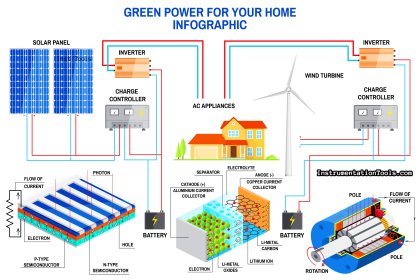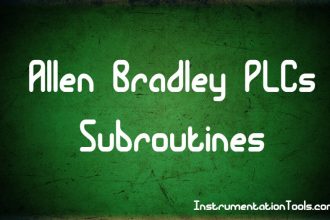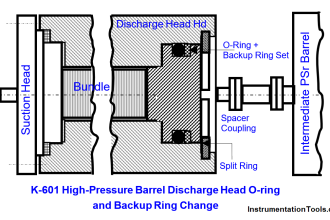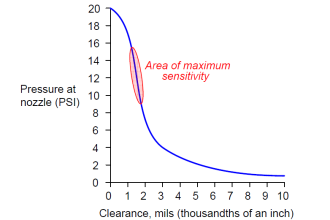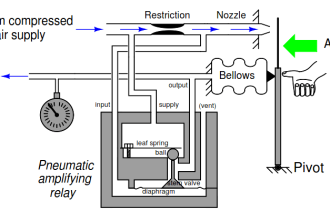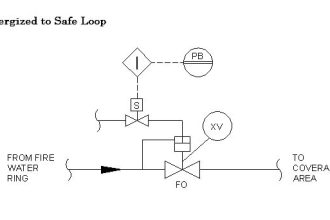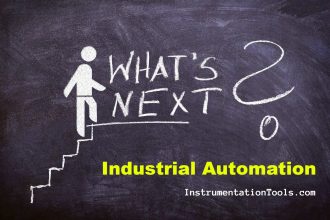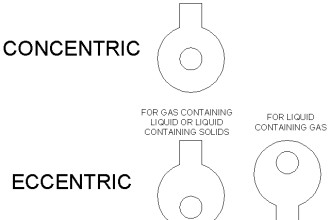IT or information technology is a thing without which no one can virtually survive in today’s world. From your mobile application to a big company website, almost everything is IT-based in your day-to-day life.
But, have you ever wondered how this data is fed to you on instant demand? Or, if you upload something online, then how does it manage everything and reach the desired people who want it? This is done through cloud computing. It finds a very important place in every IT sector. Nowadays, industrial automation too is using cloud computing with the advent of Industry 4.0 (IoT technology). In this post, we will see the concept of cloud computing.
Cloud computing is the delivery of computing services over the internet and allows users to access resources like storage and processing.
What is a cloud in computer terms?
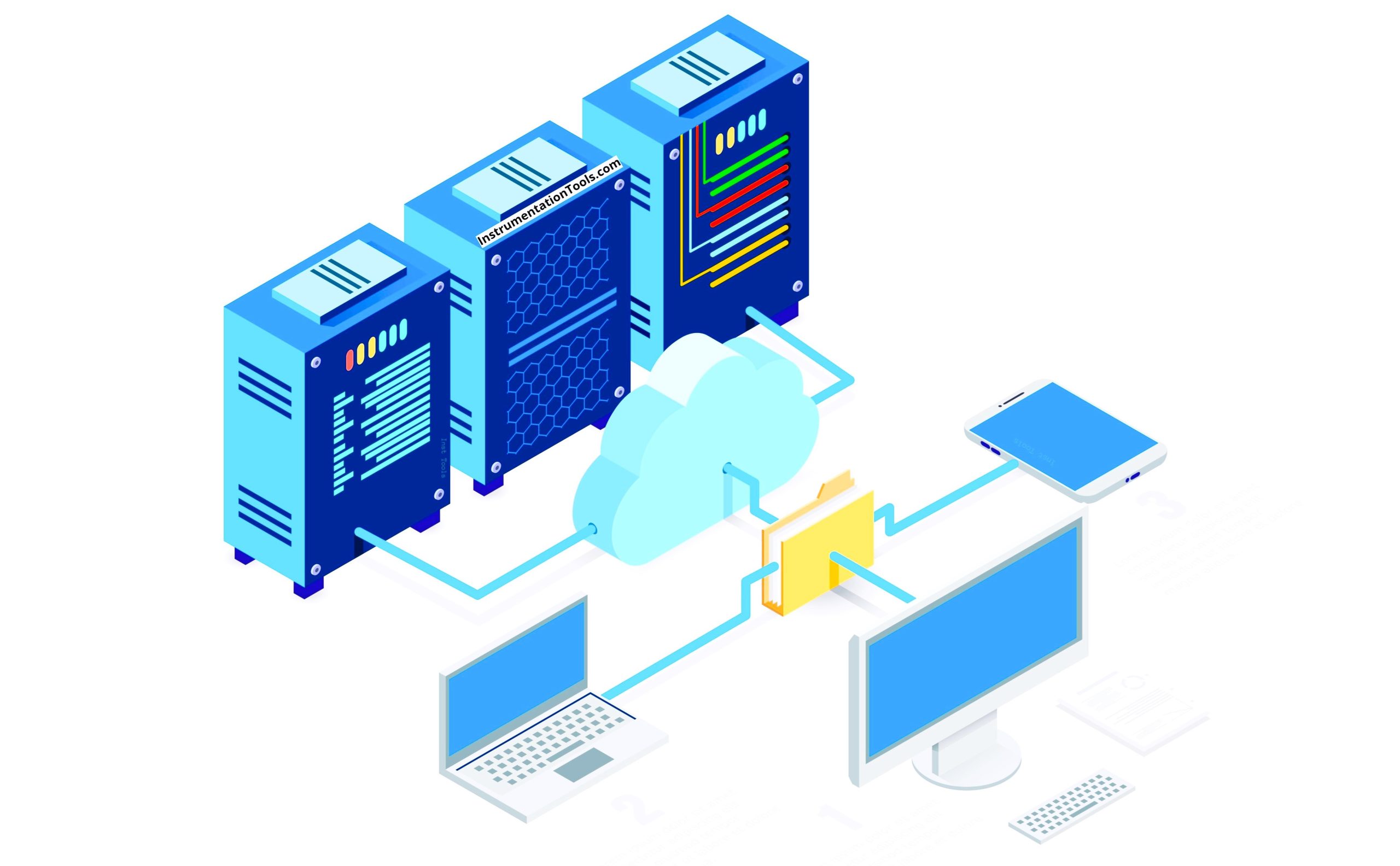
Let us simplify this concept. Take a simple example of a YouTube video. If you want to upload a video, then you will require a server to store it and manage it. Then, upon the request of viewers, the server will show your video to them. But, managing a server on your own is a very hectic task and requires a great amount of knowledge in networking and IT.
So, instead of doing all these things on your own, there exist third-party companies in the world that will save your videos and show them to viewers on request. You just have to upload the video and your work is done. These companies have big data servers in their huge buildings for handling a large amount of data. This is called cloud computing.
If anyone asks what a cloud is in computer terms, then it means that a hosted service provider is available which stores and manages huge amounts of data on it,s server. Data can be downloaded or uploaded directly through this server; the user has the only lookout on when to upload or download data.
The remaining IT coding and networking are all managed through cloud computing done in these data server buildings. The system consists of servers, computers, and database systems; all managed by the cloud service provider.
Some big names that provide cloud computing services in the world are Amazon Web Service, Microsoft Azure, IBM, Google Cloud, and Alibaba.
Types of cloud services
The main types of cloud services are IAAS, PAAS, and SAAS.
- Infrastructure as a service (IAAS)
- Platform as a service (PAAS)
- Software as a service (SAAS)
Infrastructure as a service (IAAS)
In IAAS, you have many of the parts in your control, and the remaining activities are managed by the provider. The hardware activities like storing data and managing networks are done by the provider, and the remaining activities like applications, data, runtime, operating system, and middleware can be handled by you.
Platform as a service (PAAS)
In the PAAS service, only some part of control is provided to you. Continuing from IAAS, only software activities of applications and data are provided to the user; the remaining three are in complete control of the provider. This means, that in PAAS, the user can at least run and design an application according to him. The data required for the application will be then handled by the provider.
Software as a service (SAAS)
The SAAS is the most advanced version. In this, no control is provided to the user, and the complete hardware and software activities are managed by the provider. The applications will be present on the provider platform and you just have access to it.
Cloud Computing Components
Here we discussed the basic cloud computing components.
Data Center
This is the nerve of cloud computing. It is a huge building infrastructure which houses all the components of this computing system. It requires a gigantic amount of cooling through HVAC to keep the component temperature under control, as it is in use continuously.
Client Infrastructure
It is the front-end part of the system. It is a graphical user interface system, which is visible to the users for accessing the system and handling data in an efficient way. If this infrastructure is weak, then users will not be able to troubleshoot or understand the system properly.
Application
Any software is incomplete without an application. It is managed either by the user or the provider. It is a piece which runs on a computer and allows the system to execute the desired work properly.
Service
As discussed earlier, it comes in three types – IAAS, PAAS, and SAAS. Depending on the requirement, the corresponding service is chosen and run on the system.
Storage and Database
It is a server computer which stores and manages the data flow of the system. It is responsible for giving or storing the data required by the user and handling it efficiently without any downtime.
Internet
It is the network interface, which communicates the data flow between the user and service provider. Typically, a WAN (wide area network) connection is used as it provides huge access to a large number of locations easily.
Security
This is the most critical part. As a large amount of data flow is involved, security features and relative programming are done in the computers and network systems to protect the system from any cyber attack.
In this way, we saw the concept of cloud computing.
